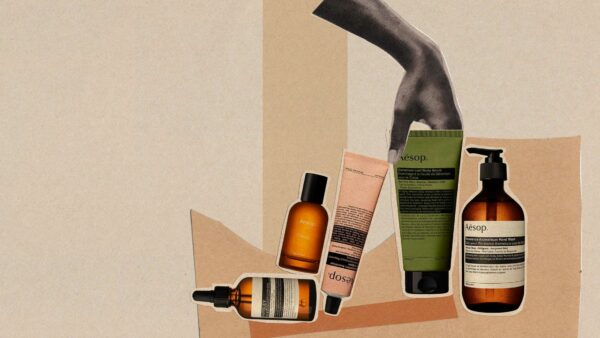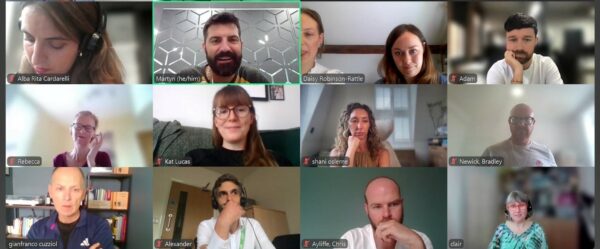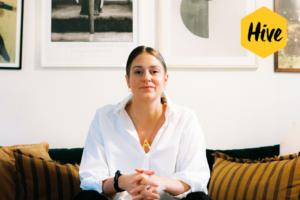Gianfranco has 25 years of experience in CRM, loyalty, and personalisation. He led CRM and Personalisation for Natura’s iconic brands: Aesop, Avon, Natura, and The Body Shop. At Aesop, he was responsible for Global CRM.
Author of In Pursuit of The Trivial and Founder of the CRM Mini MBA, he is also an international speaker, consultant, and mentor. As an ex-Astrophysicist, he enjoys explaining that engaging with customers need not be rocket science!
The Retail Hive’s Ed Lawson sat down with Gianfranco to unpack all things loyalty…

Gianfranco Cuzziol

Ed Lawson
Gianfranco, I’m delighted that you’ll be joining our Retail Hive Café on the 30th October to share some of your ideas and learnings about loyalty programmes. To begin with, when we talk about measuring loyalty, what’s the first question retailers should ask themselves?
I think it’s important to take a step back and ask: “why are you creating a loyalty programme in the first place?”. That fundamental question helps shape the approach and KPIs.
So, what are the key indicators that actually signal loyalty?
There are certain behaviours that show up both before and after a purchase. For example, a loyal customer might shop with you multiple times or make a second purchase within a defined timeframe—say, within a year. These might be leading indicators of future loyalty.
Loyalty could be measured in terms of frequency (the number of purchases) or value (the amount spent). Once you start measuring these indicators, you can see whether a customer is on the path to becoming loyal.
Of course, timeframes and frequency do matter, but are very much dependent on the sector.
Loyalty doesn’t always need to be visible or transactional.”

But not all brands want to follow the same route, right?
Exactly. It’s very product dependent. For instance, premium product companies often don’t want to discount, which can make traditional rewards tricky. When I was at Aesop, we wanted to recognise and reward certain behaviours without resorting to discounts.
We identified subcategories of loyalty: customers who weren’t huge spenders, but consistently bought the same product, others who only purchased gifts, and those who regularly replenished essentials.
That sounds less like a formal points scheme and more like a subtle recognition system.
Yes, exactly. In fact, I used to say our loyalty programme was “like the wind—you feel it, but you don’t see it.”
We didn’t have a formal loyalty card or app. Instead, we invited our most loyal customers to events like testing sessions for new formulations. Officially, the purpose was to collect feedback, but what we found was fascinating.
Customers revealed how they actually applied and used products, which gave us insights we could act on. We ended up changing packaging advice and application recommendations. That not only gave us valuable market intelligence but also deepened customer loyalty.
The result? Our CSAT scores skyrocketed.
So, your ‘invisible’ loyalty programme created both customer value and business value?
Exactly. Loyalty doesn’t always need to be visible or transactional. Sometimes it’s about recognition, involvement, and making customers feel part of the journey.
Want to know more?
Learn how to measure the success of loyalty schemes in our upcoming Digital Café with Gianfranco…
When? 30th October 2025 (12pm GMT)
Where? Taking place on Zoom, so you can dial in from the comfort of your home or desk!
Who? All of our Cafés are informal, retailer-only sessions. Get involved below…




